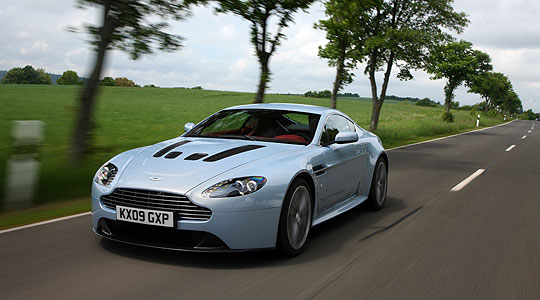
Don’t read too much into Aston’s choice of launch location. The new V12 Vantage may carry many developments learned at the nearby Nürburgring, but is a road car, pure and simple. And one that doesn’t half go...
Welcome to the Eifel mountains. As the fleet of chauffeur-driven Lexus hybrids delivers members of the British press to the Dorint Hotel, campers at the ‘Ring are preparing for the forthcoming 24-hour race, several days away. Passions run deep round here.
The presentation, from the no-less-intense Aston Martin engineering and management team, focuses on how the new car has been developed, and quite how difficult the task was to squeeze six litres of V12 into the space normally occupied by a 4.7-litre V8. One thing is made completely clear from the outset: this is a new car, a “completely different” car, and one that will appeal to both marque loyalists and converts from Audi (R8 V10), Ferrari (F430) and Porsche (911 GT2).
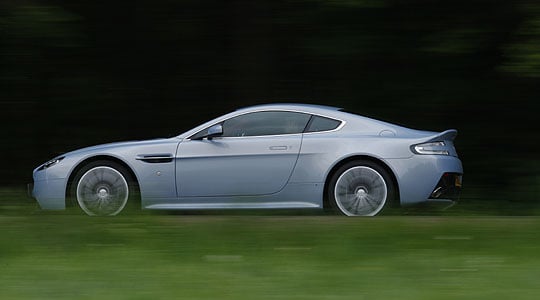
It is neither a track-day special, nor a marketing exercise to produce stunning sub-eight-minute laps at the Nürburgring (it will do them, though, if you’re interested). Its purpose in life is to give an owner – a “focused driver” – the ultimate Aston Martin driving experience. Fast – very fast – but with the Aston Martin twist of discretion, British style and character.
Stand a V12 Vantage next to its eight-cylinder brother and the differences are subtle, but immediately noticeable. Firstly, the heavily louvred bonnet also features a pronounced power-bulge to cover the much larger motor. There’s a carbonfibre splitter, a 6-bar (vs. 8-) grille, front air-scoops, a rear bootlid spoiler developed on the N24 racer, side-sills from same, and a rear diffuser (also carbonfibre) incorporating a deeper oil-cooler. As a ‘super-performance’ Aston, it carries a black badge, as does the DBS.
Forged and machined 19-inch wheels carry unique-to-the-car, super-sticky Pirelli P Zero Corsa tyres. The width of these at the back is now 11-inches – an increase of 1.5-in over the V8 and a change requiring yet more re-engineering. In fact, as Chief Programme Engineer Paul Barritt explains, one of the biggest challenges faced by the company was just to fit it all in. The steering rack has been modified and the V12 has a new sump, alternator and oil pump.

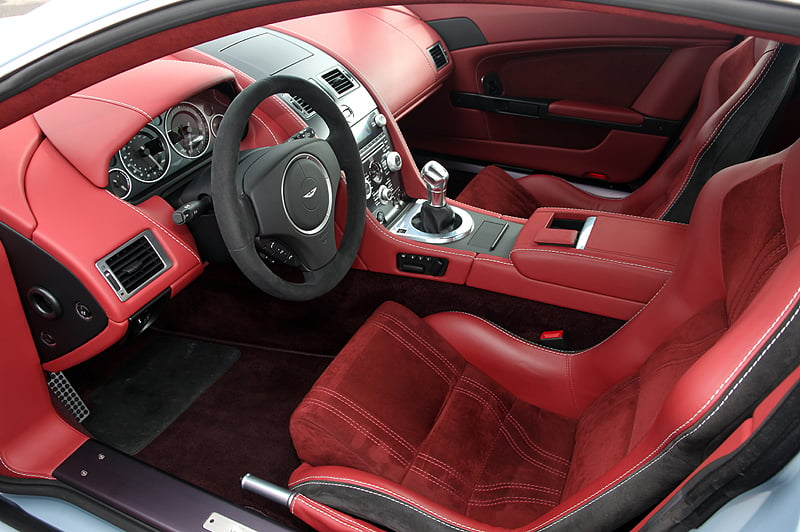
Inside, the cabin is to Aston’s regular 2009-spec with only simple changes that include: lightweight carpet, an Alcantara-covered steering wheel and carbonfibre door pulls. Sat-nav is standard, as is the Emotional Control Unit crystal key. Hats off to the Gaydon team for resisting the temptation for in-car timing, a roll-cage or six-point harness.
It’s not a track car, remember.
The seats – Hallelujah! – are the truly superb lightweight buckets of the DBS. The fitment of these one-piece, no-airbag-sensor designs, together with other changes to the front of the car do mean, however, that the car cannot be sold in North America.
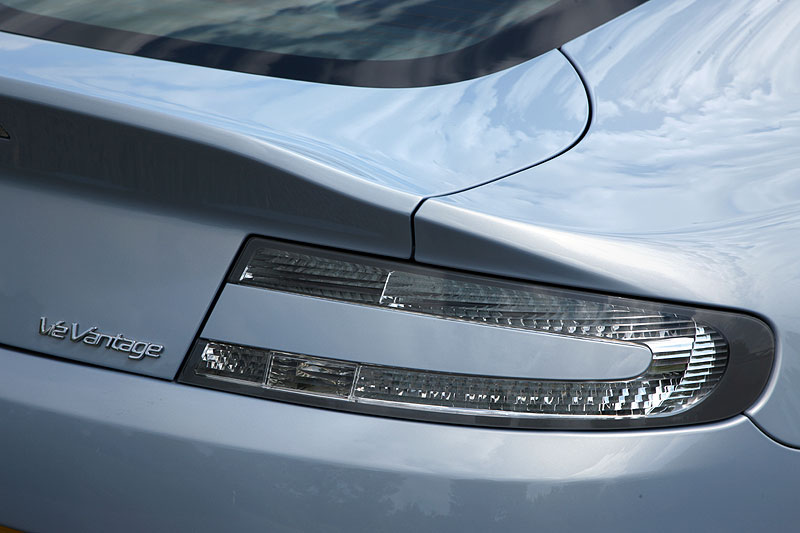
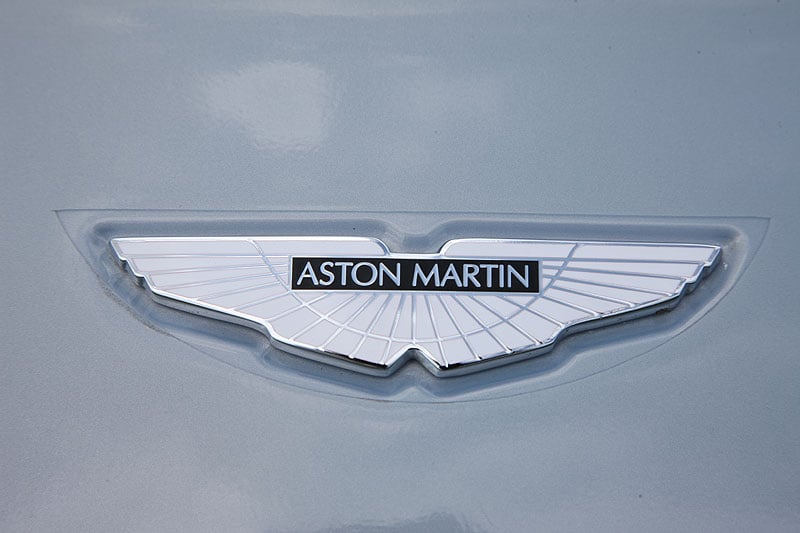
A final few words on the technical front. Looking at a cross-section of the car from windscreen forward, superimposed onto that of the V8, you can see that the engine is about half a wheel’s width longer than the V8. So, considering that, and the extra weight of the V12, they’ve done a pretty good job to finish up at 1680kg compared with 1630kg for a V8. Weight distribution moves by two percentage points from 49/51 front/rear to 51/49.
Brembo Carbon Ceramic (CCM) brakes complete the picture, but don’t forget the ‘fun button’; the Sport switch that sharpens up the engine mapping and gives a louder exhaust note.
The route for the test drive involved near-300kms of mainly single-track roads around the Mosel valley, many of which replicate the famous circuit with its twists and turns, drops and rises, and long, long straights.
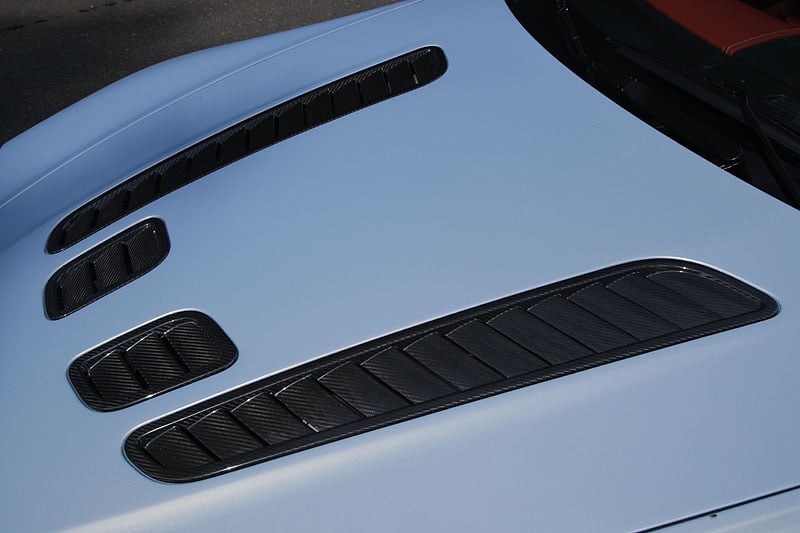
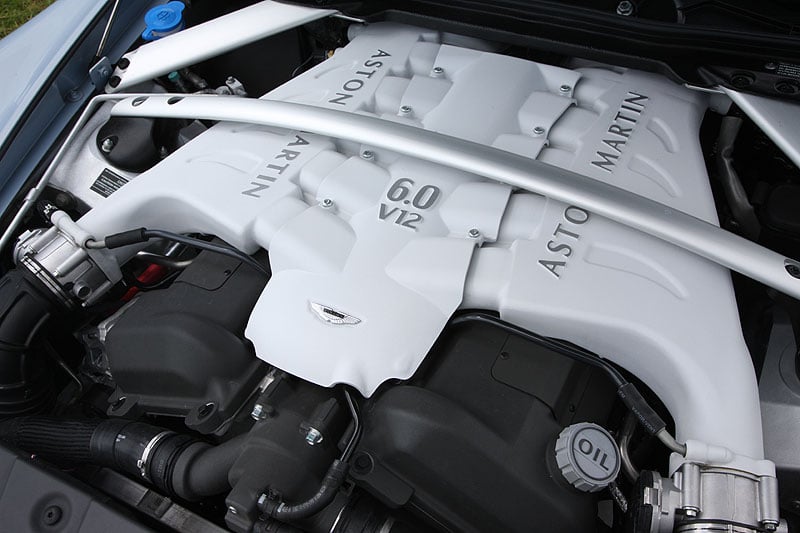
The countryside was stunning and, once we’d made the obligatory navigation error at the second way-point, we started to get the measure of the new car. Straight away it’s apparent that the ride is stiffer than the V8. There’s no adjustment, or ‘sport’ mode for the dampers; it’s the best set-up for this car. ‘Trust us’, imply the Gaydon engineers.
Having got the hang of both the route and fundamentals of the car it was time to open it up. The nicely weighted accelerator offers a good connection to the throttle, and burying the pedal throws the car forward in a way unique to a 12-cylinder. There’s no neck-snapping ‘crack’ à la F430; it’s sheer, linear acceleration of the smoothest kind, made more subtle by a raised final drive ratio (3.71:1 from 3.909:1).
The rev-counter makes its swift progress anticlockwise while the digital speedo becomes a blur. 250+km/h (155mph) is easy progress and seems to come up in a moment. The company quotes a 0-100km/h (62mph) figure of 4.2 seconds. Good, but it’s the mid-range performance of the motor, and well-spaced ratios, that give strong acceleration all the way to its 305km/h (190mph) maximum.
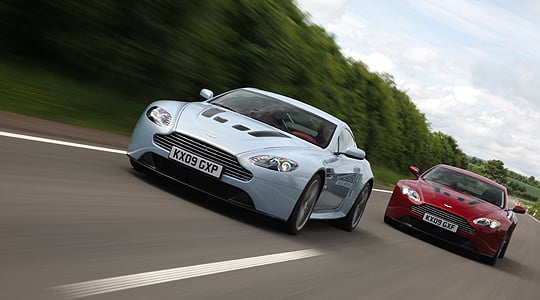
There’ll be no roadster, or robotised manual Sportshift, for the V12 Vantage, by the way. The six-speed manual does the job and third and fourth gear will get you most places in a (tremendous) hurry. We hardly used sixth, even on the autobahn. Drive it like this, however, and you will get to know your local petrol pump attendant; the trip computer was showing 22l/100km. That’s around 12-13mpg. Ouch.
And the tyre supplier won’t be missing out, either – the Pirellis are terrific, they make the steering that much more poised than in the V8 and put the power down superbly, but I can’t see them lasting long at this pace. Through crests, rises and hairpins the car is anchored to the road, with the traction control cutting in unobtrusively, but frequently.
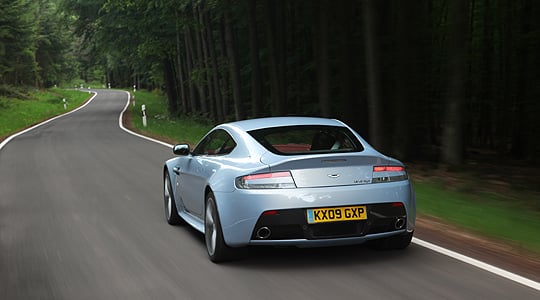
And when you’re accelerating strongly through a bend in third gear, at 150km/h (or 93mph), you’ll want it, believe me. And wet weather driving? Take care, and make sure you have some tread on the tyres – this car deserves respect.
Devastating speed and fine handling, massive stopping power via the ventilated Carbon Ceramic discs and a road presence unique to the marque – that’s all going to be a given with the new car.
The single most impressive feature of the V12 Vantage, however, is the way the big engine just reels the horizon in with so little fuss, in a manner totally different from the rest of the range. In fact ‘reel’ is a good analogy – the well-oiled action of big game fishing reel that converts rotational muscle power into linear speed.
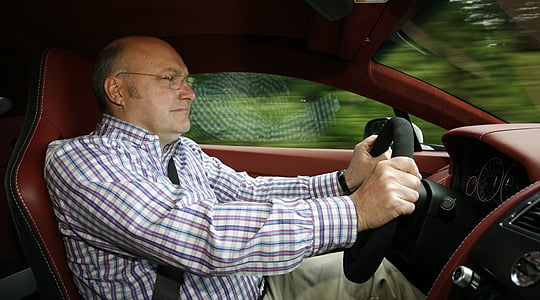
By coincidence, our test car was finished in one of the colours unique to the new car: Mako Blue. The Mako, should you not know, is a type of shark known for its spectacular speed and agility. Good name, Aston.
The Aston Martin V12 Vantage costs from £135,000 in the UK. Deliveries will start in July 2009. New colours for the car include: Mako Blue (as tested), Hardly Green and Magma Red. The launch cars were also available in Titanium Silver and Quantum Silver.
Please CLICK HERE to see a photo-gallery of the new V12 Vantage.
Aston Martin V12 Vantage: Specification
Body:
Two-door, two-seat coupe
Engine:
All-alloy quad overhead cam 48-valve 5935cc V12
Compression ratio 10.9:1
Front mid-mounted engine, rear-wheel drive
Fully catalysed stainless steel exhaust system with active bypass valves
Maximum Power
510bhp (380kW / 517PS) at 6500rpm
Maximum Torque
570Nm (420lb ft) at 5750rpm
Acceleration
0-62mph (100km/h) in 4.2 seconds
0-60mph in 4.1 seconds
Maximum Speed
190mph (305km/h)
Fuel Economy
Urban 11.64mpg / 24.26 l/100km
Extra Urban 24.05mpg / 11.74 l/100km
Combined 17.28mpg / 16.35 l/100km
CO2 388g/km
Transmission:
Rear mid-mounted six-speed manual gearbox. Alloy torque tube with carbonfibre propeller shaft
Limited-slip differential
Final Drive Ratio 3.71:1
Steering:
Rack and pinion
Suspension:
Front: Independent double wishbone incorporating anti-dive geometry, coil springs, anti-roll bar and monotube dampers
Rear: Independent double wishbones with anti-squat and anti-lift geometry, dual-rate coil springs, anti-roll bar and monotube dampers
Wheels:
Front: 9in x 19in
Rear: 11in x 19in
Tyres:
Front: Pirelli P Zero Corsa 255/35 ZR19
Rear: Pirelli P Zero Corsa 295/30 ZR19
Brakes:
Front: Ventilated Carbon Ceramic discs 398mm diameter with six-piston calipers
Rear: Ventilated Carbon Ceramic discs 360mm diameter with four-piston calipers
Dynamic Stability Control (DSC) with Track mode
Anti-lock braking system (ABS)
Electronic Brakeforce Distribution (EBD)
Emergency Brake Assist (EBA)
Traction Control
Length: 4380mm (172.5in)
Width: 1865mm (73.5in) (excluding door mirrors)
2025mm (80in) (including door mirrors)
Height: 1241mm (49in)
Wheelbase: 2600mm (107.9in)
Fuel tank capacity: 80 litres (17.6 Imp. Gal. / 21.1 US Gal)
Weight: 1680kg (3704lb)
Text: Steve Wakefield
Photo: Aston Martin - Strictly Copyright
ClassicInside - The Classic Driver Newsletter
Free Subscription!











